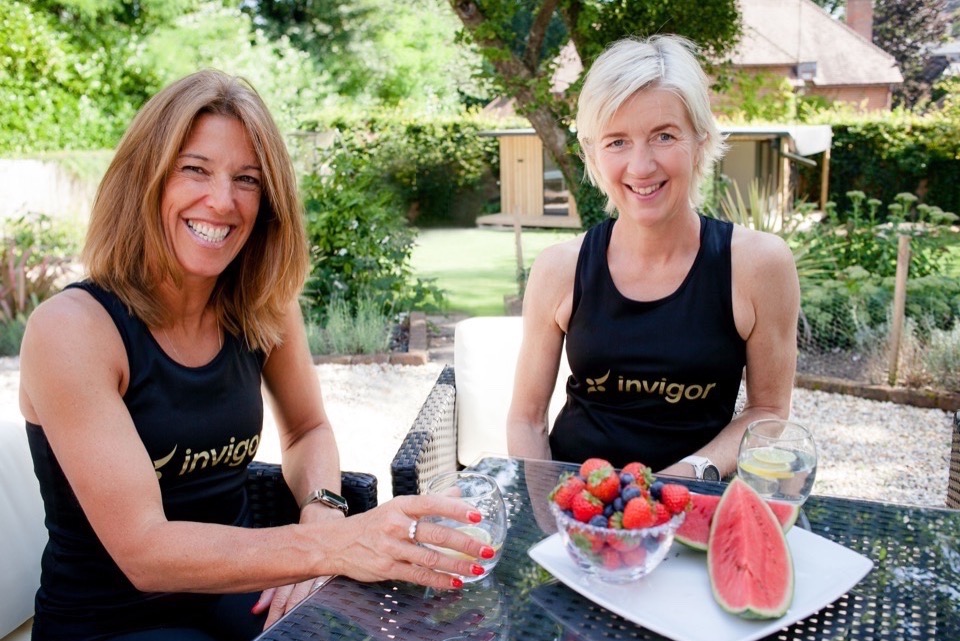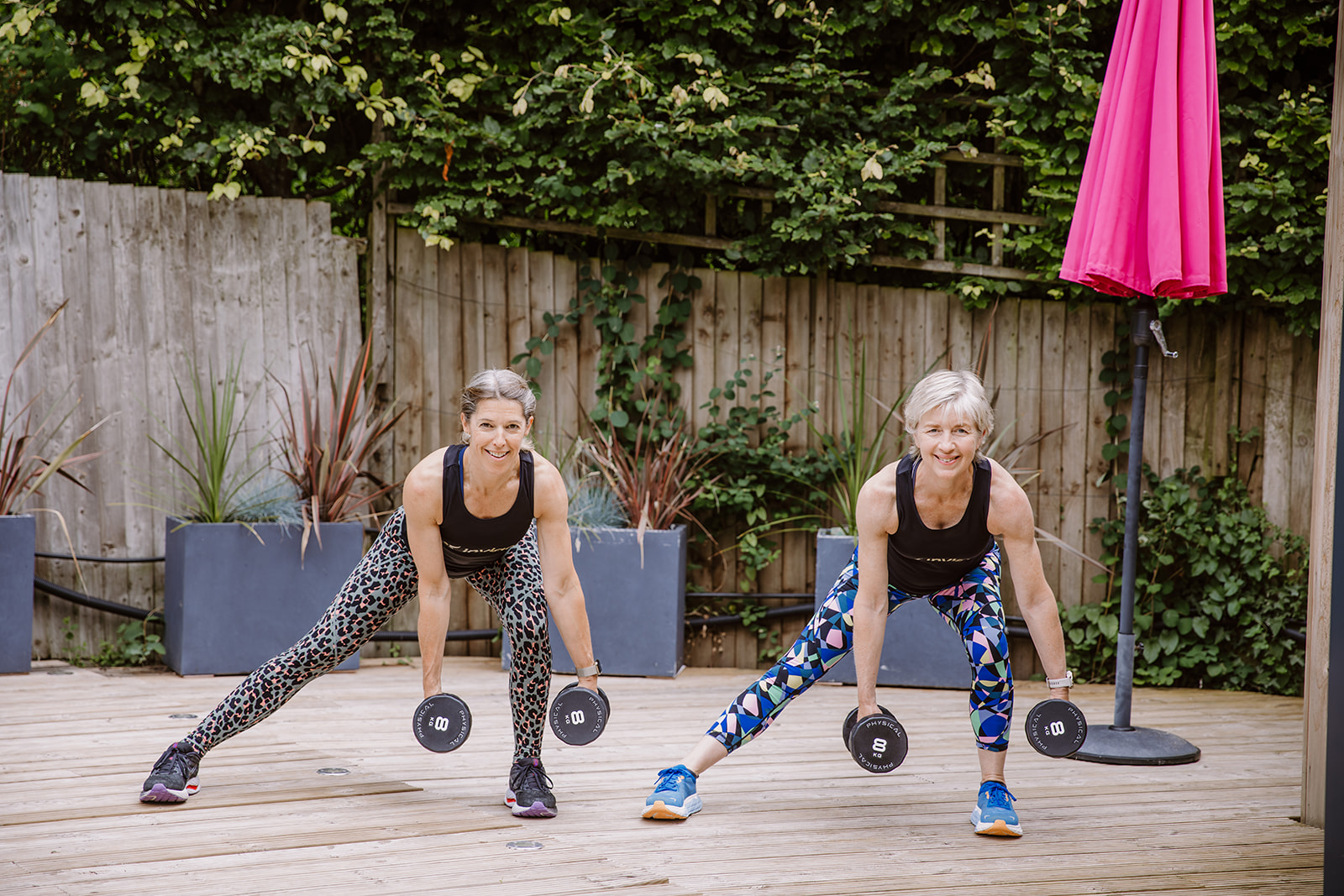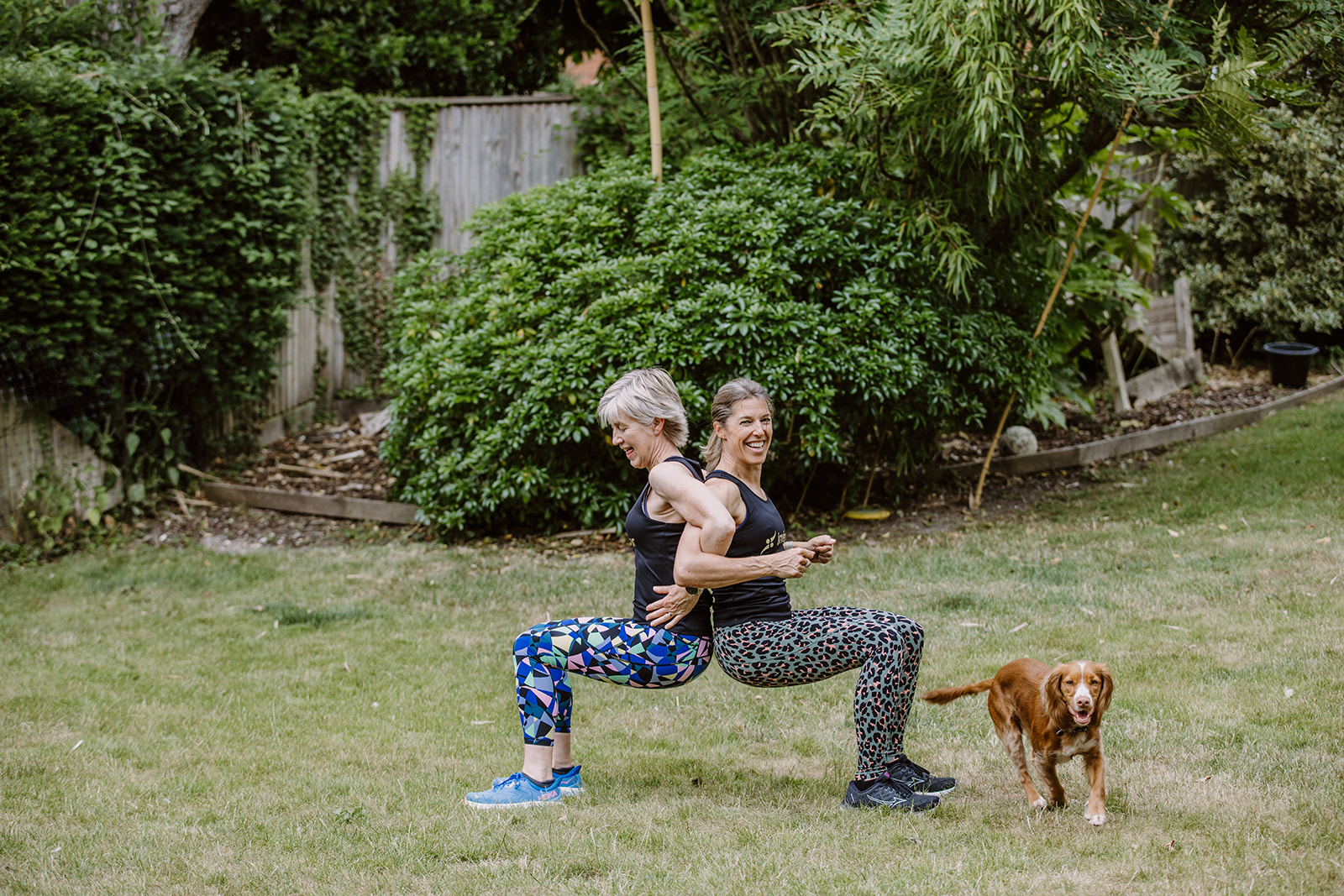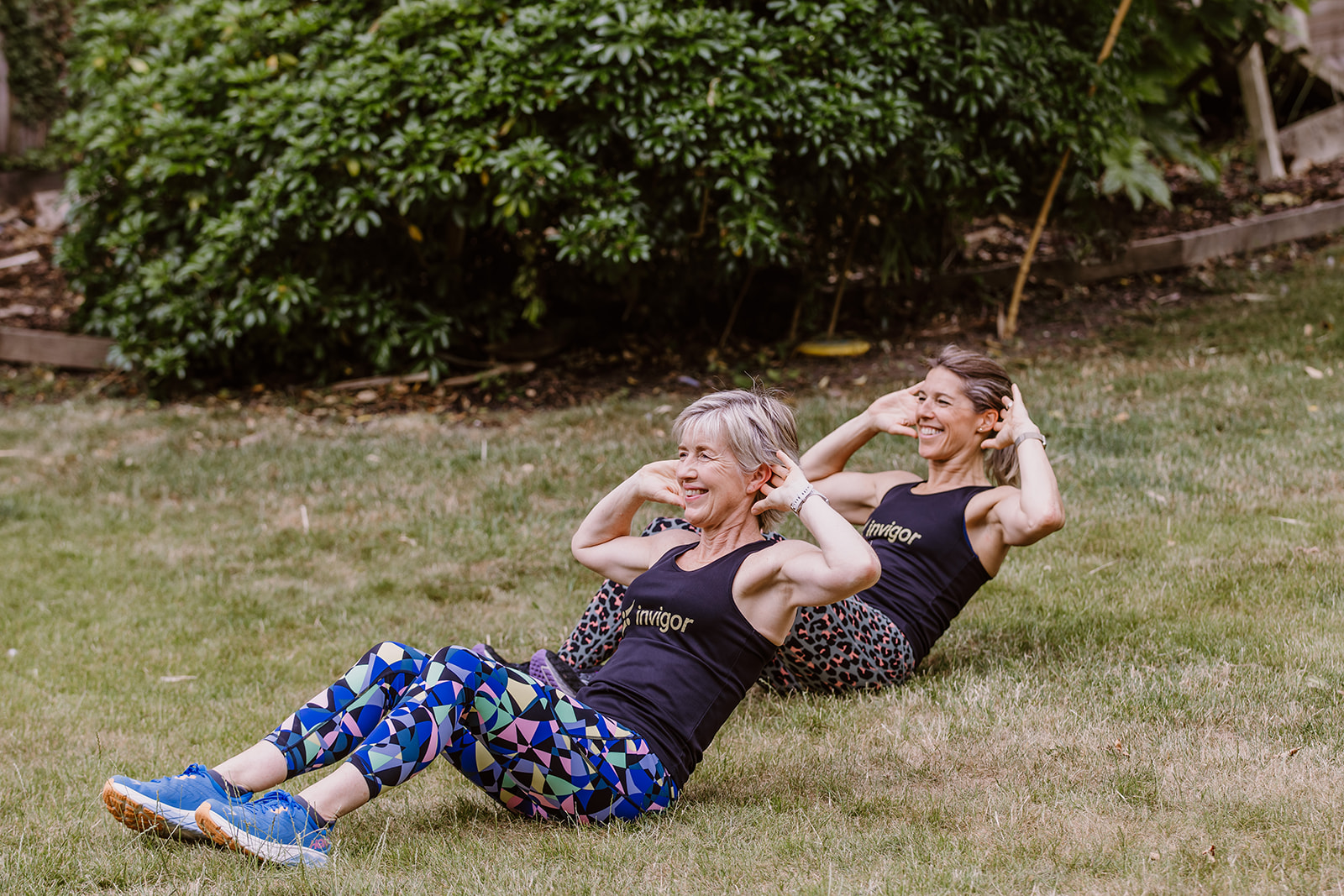When it comes to fitness, especially for those over 50, rest and recovery are just as important as the workouts themselves. Proper recovery allows your body to repair, rebuild, and come back stronger while reducing the risk of burnout or injury. Here’s how to optimize rest, nutrition, and recovery techniques to enhance your fitness journey.
Why Recovery Matters More After 50
As we age, our bodies naturally take longer to recover from physical activity. Hormonal changes, reduced muscle mass, and joint sensitivity mean that recovery strategies become essential for making progress without setbacks.
Key Benefits of Recovery:
- Muscle Repair: Exercise causes small tears in muscle fibers, which rebuild stronger during rest.
- Injury Prevention: Overtraining can lead to fatigue and improper form, increasing the risk of injuries.
- Mental Well-Being: Rest helps reduce stress and maintain motivation.
1. Prioritize Sleep
Sleep is one of the most powerful recovery tools. During deep sleep, your body releases growth hormone, which aids in muscle repair and regeneration.
Tips for Better Sleep:
- Stick to a consistent sleep schedule, even on weekends.
- Create a relaxing bedtime routine, such as reading or meditating.
- Limit caffeine and screen time in the evening.
2. Embrace Active Recovery
Recovery doesn’t always mean complete rest. Active recovery—gentle movement on rest days—can improve circulation and reduce muscle soreness.
Examples of Active Recovery:
- Walking or light cycling
- Yoga or stretching routines
- Swimming or water aerobics
3. Fuel Your Body with Proper Nutrition
What you eat plays a critical role in how well your body recovers. Prioritize nutrient-dense foods that provide the building blocks for muscle repair and energy replenishment.
Recovery Nutrition Tips:
- Protein: Include lean sources like chicken, fish, eggs, or plant-based options to support muscle repair.
- Carbohydrates: Opt for whole grains, fruits, and vegetables to restore glycogen levels.
- Hydration: Drink plenty of water throughout the day and consider electrolyte-rich beverages after intense workouts.
4. Incorporate Stretching and Mobility Work
Regular stretching improves flexibility, reduces stiffness, and promotes better posture. Mobility exercises can enhance joint health and overall movement quality.
Simple Stretching Routine:
- Hamstring stretches to ease tightness in the legs.
- Shoulder rolls and chest openers to improve upper-body mobility.
- Hip flexor stretches to counteract long periods of sitting.
5. Use Recovery Tools
Modern recovery tools can accelerate the healing process and reduce soreness. Many are easy to use at home and can enhance your recovery routine.
Popular Recovery Tools:
- Foam rollers for self-massage and myofascial release.
- Compression garments to improve circulation.
- Heating pads or ice packs for targeted relief.
6. Balance Workouts and Rest Days
Finding the right balance between activity and rest is crucial. Overtraining can hinder progress, while undertraining won’t yield results. Listen to your body and adjust your schedule as needed.
General Guidelines:
- Include 1-2 full rest days per week.
- Alternate high-intensity workouts with low-intensity or recovery-focused sessions.
- Pay attention to signs of overtraining, such as persistent fatigue or irritability.
7. Focus on Mental Recovery
Stress management is a vital part of the recovery process. Chronic stress can increase cortisol levels, which may interfere with muscle repair and overall health.
Stress-Reduction Techniques:
- Practice mindfulness or meditation.
- Spend time in nature or engage in hobbies you enjoy.
- Connect with supportive friends or family.
Final Thoughts
Recovery isn’t just about resting—it’s an active process that involves proper sleep, nutrition, hydration, and stress management. By prioritizing recovery, you’ll enhance your strength, improve your overall fitness, and reduce the risk of injuries. Remember, the key to long-term success is not just how hard you work but how well you recover. Give your body the care it deserves, and it will reward you with improved health and vitality.




